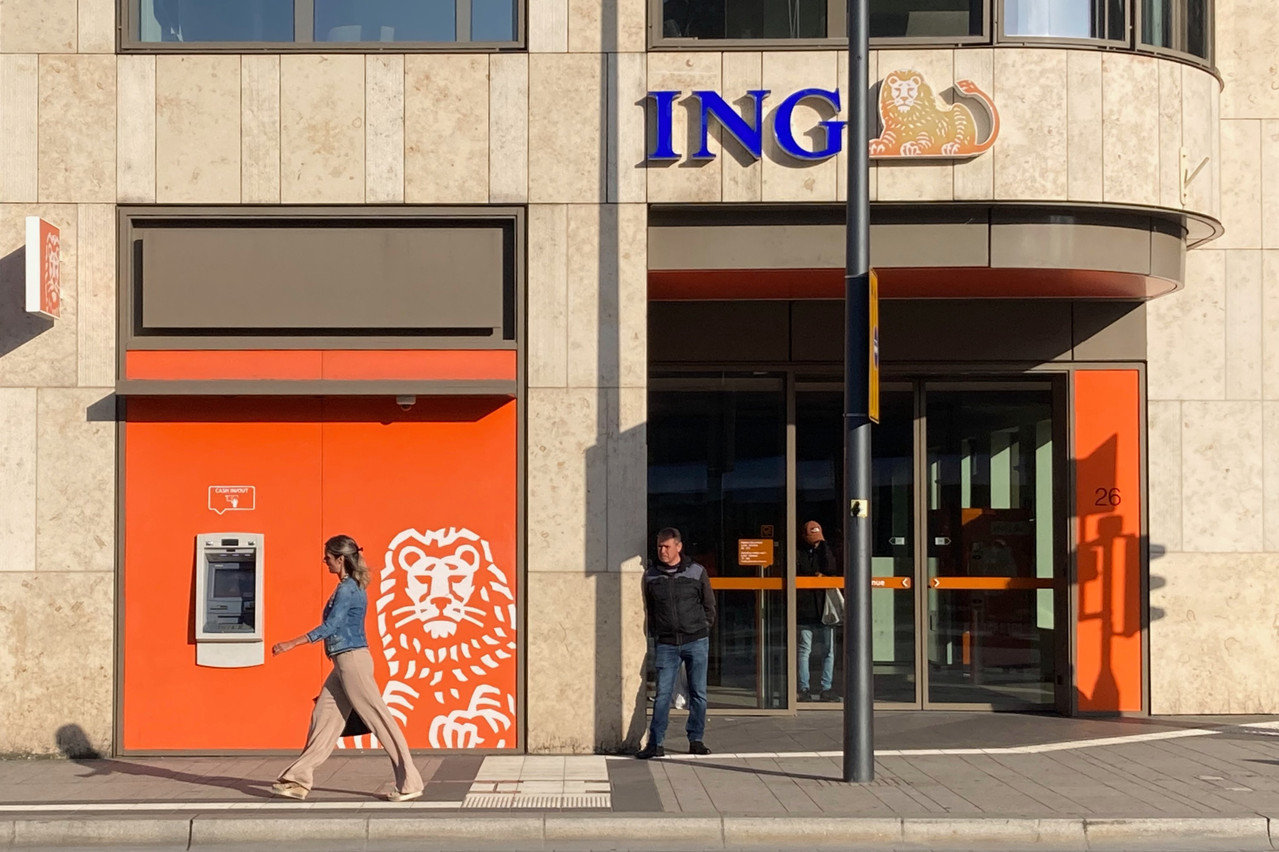ING Luxembourg’s strategic realignment will result in a significant reduction in its client base as it prioritises long-term investment clients, a representative of the bank told Delano on Tuesday 11 June.
At the beginning of 2024, ING Luxembourg had approximately 90,000 retail private individual clients in the grand duchy, the spokesperson stated, down from 103,000 customers at the end of 2022. Of the 90,000, a third were identified as “inactive customers” or “those for whom our costs to serve had become too high,” the ING rep said. These customers were identified as part of the bank’s routine review, according to ING. The intention to “phase out servicing them” will result in the termination of contracts with nearly 30,000 clients. Additionally, more clients could be affected by the “implementation of our future strategy, once final alignment with the regulator is in place,” indicating that ING is still in consultation with the Luxembourg Financial Sector Supervisory Commission (CSSF).
“Over time, we expect our current private individual customer base in Luxembourg to decrease by more than half as we focus our banking activities on clients with long-term investment needs to become an established player in personal and private banking,” noted the spokesperson.
When asked how this strategic shift would affect ING employees in Luxembourg, the bank stated, “As we will be shifting our focus, our organisation will evolve, which will likely mean that it will become smaller, but it is too early to speculate on what changes will occur for our staff and the concrete timing.”
However, the rep emphasised that “there are no plans to significantly reduce the overall staff numbers in the next 6-12 months, as this shift of focus will happen gradually.” Nevertheless, “we will take the appropriate steps well in advance with all the relevant stakeholders.”
Editor's note, 11 June 2024 at 14:15: The article has been updated to correct the number of retail clients at the end of 2022 to 103,000, as opposed to the previously mentioned 124,000, which included customers from retail banking, private banking, and wholesale banking.
